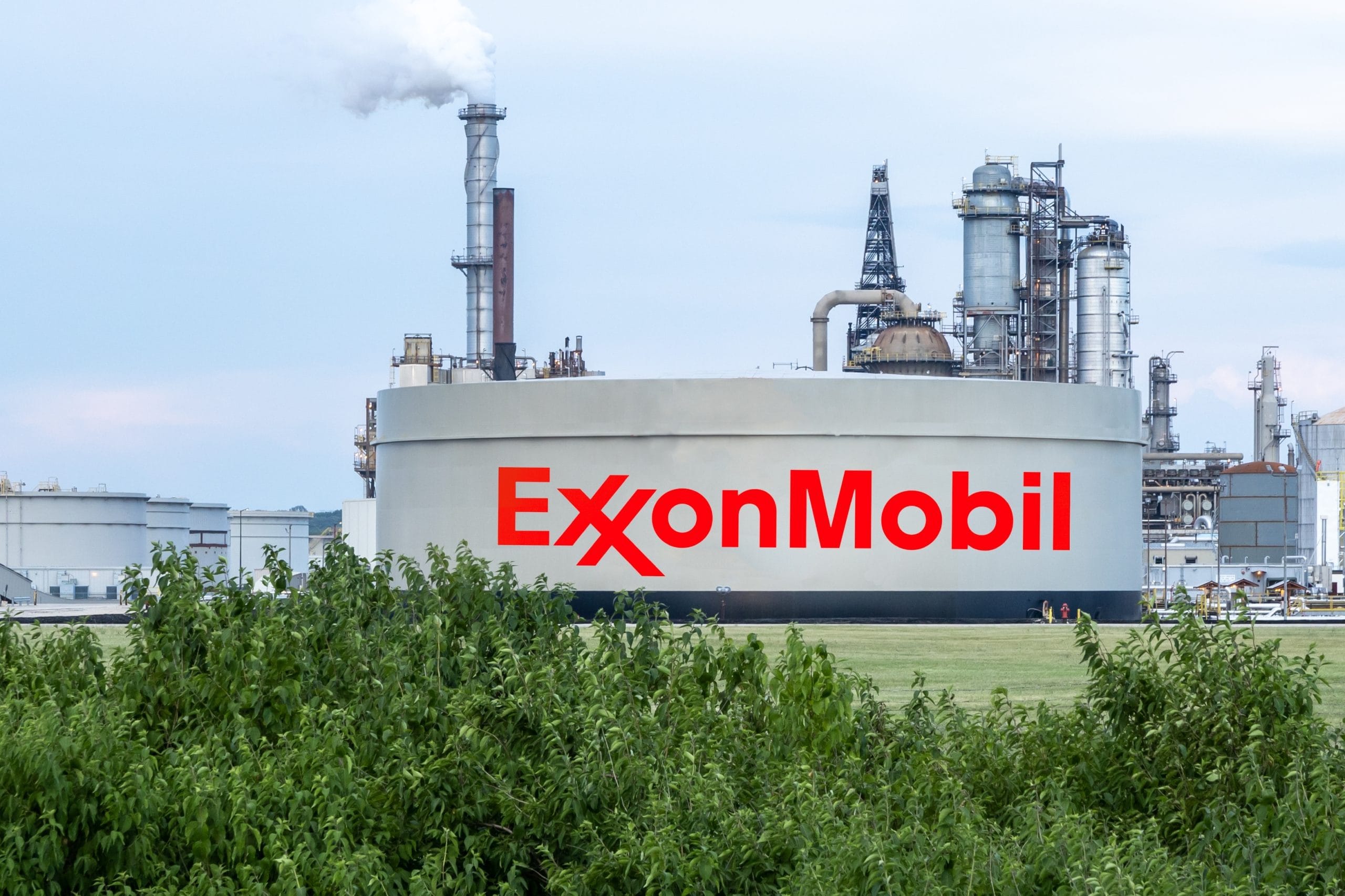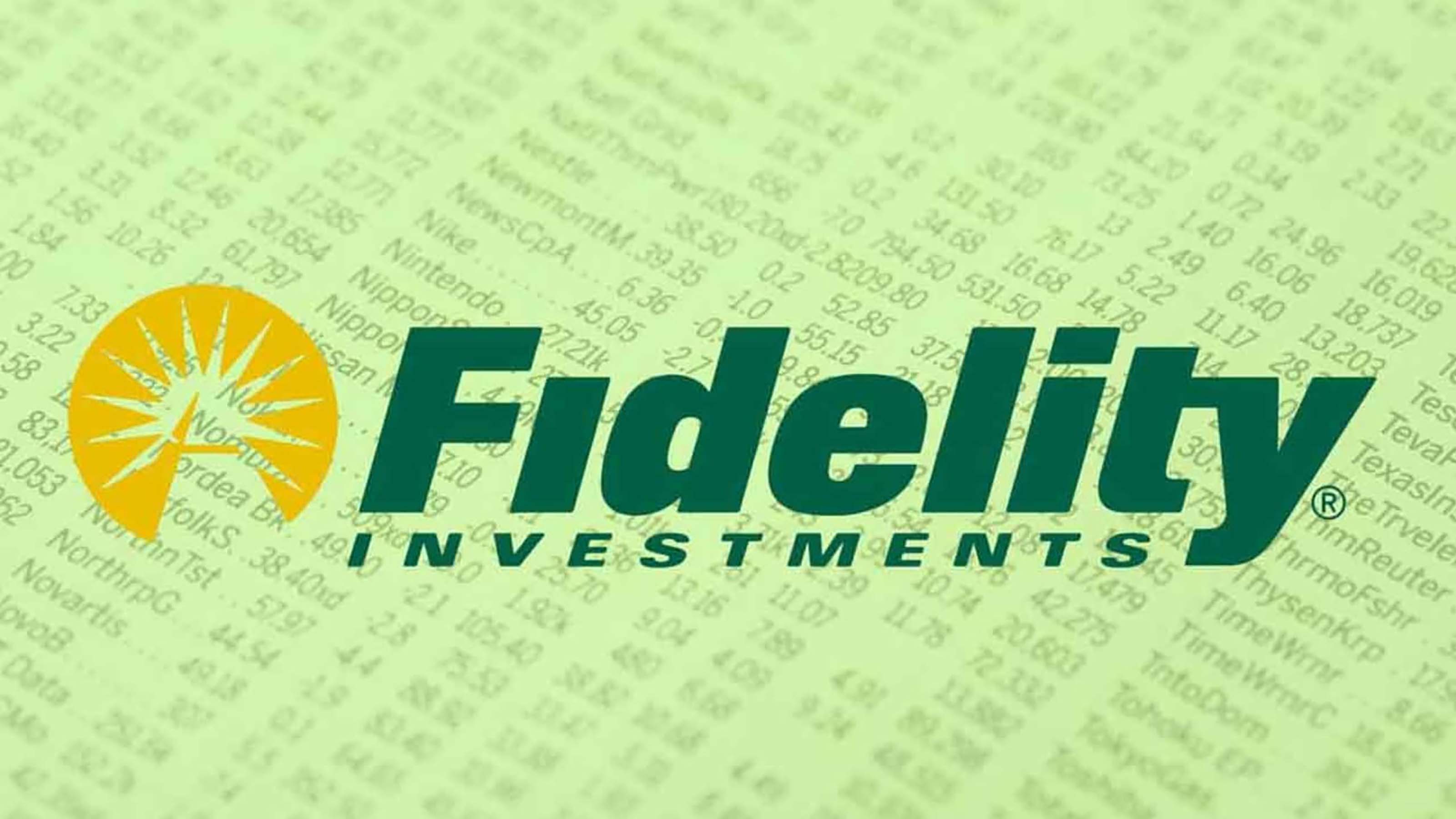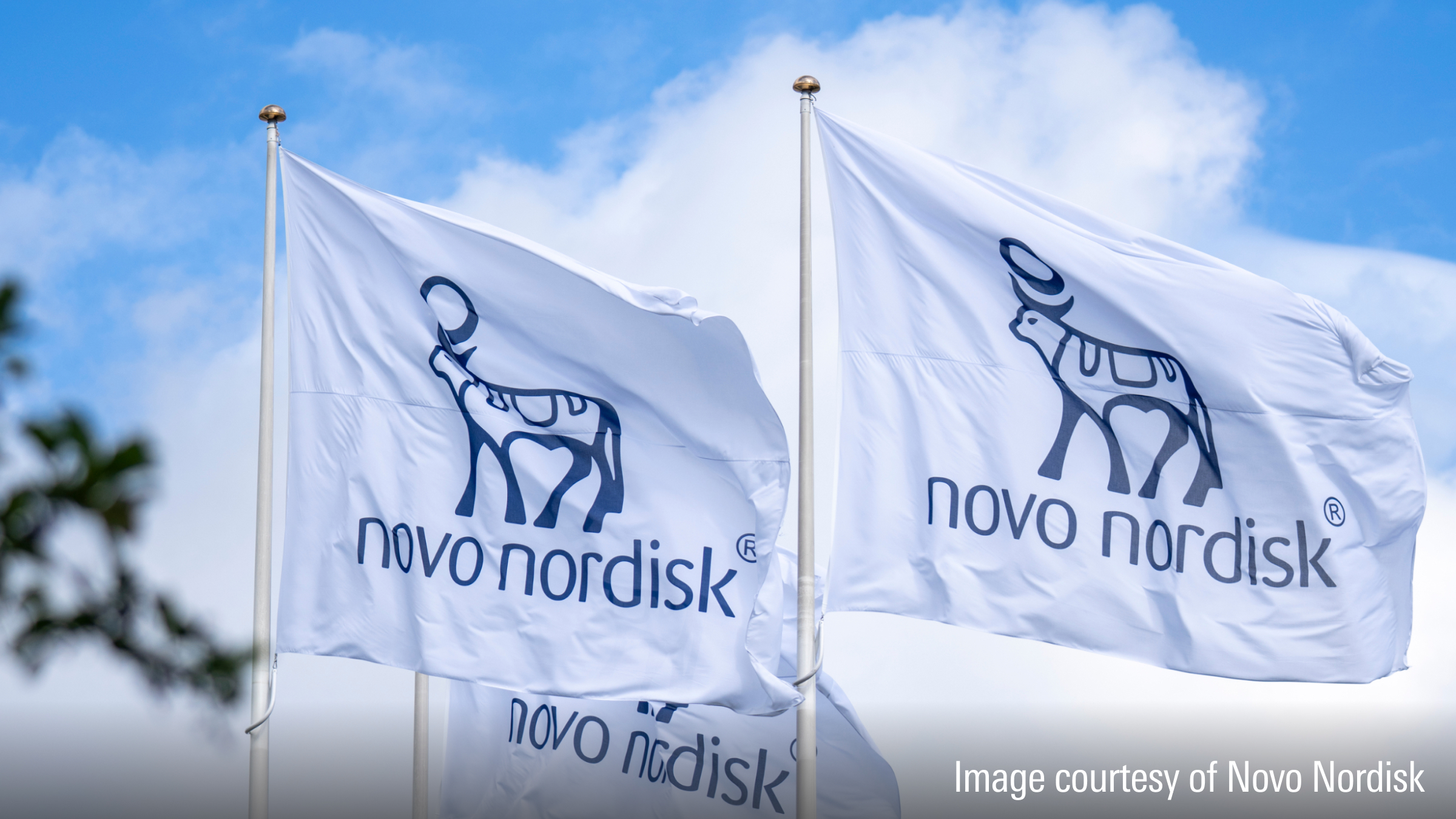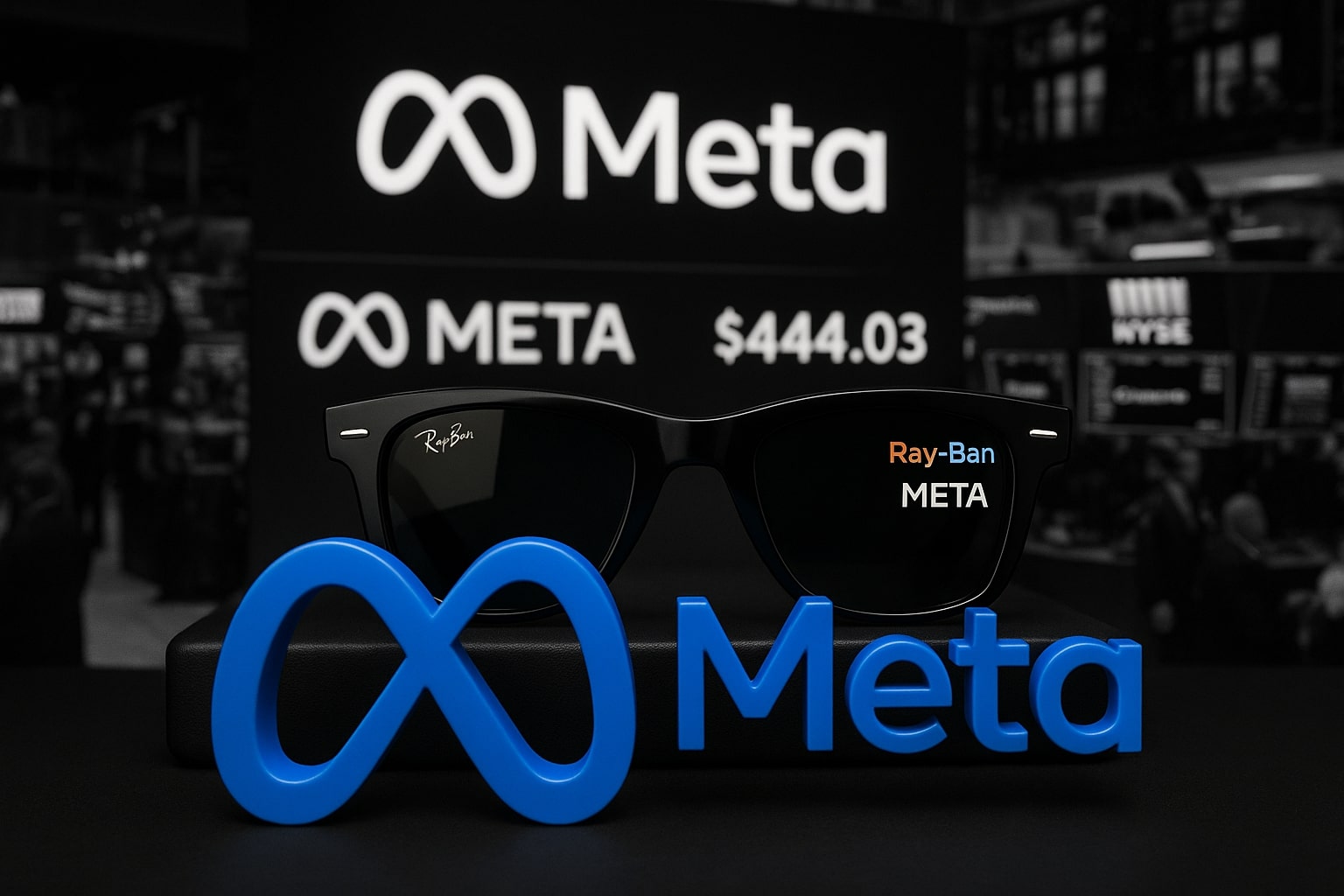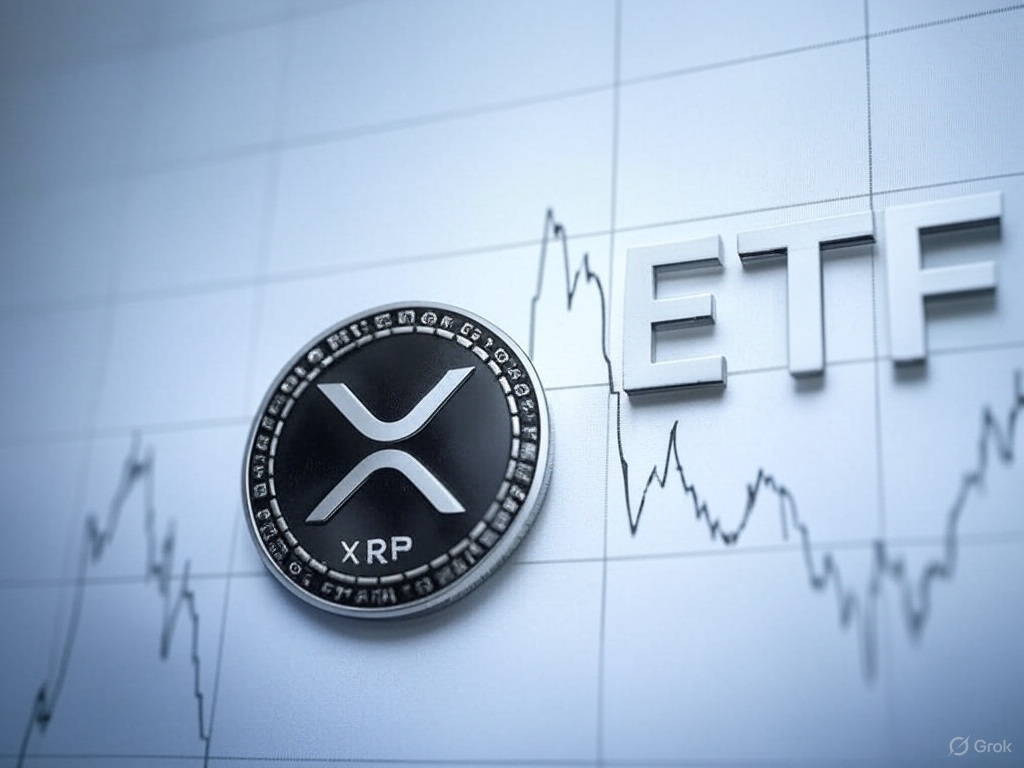Guyana: The Deepwater Growth Engine
Parallel to its Permian strategy, Exxon’s Guyana operations are reshaping global upstream economics. With 11 billion barrels discovered—the largest oil find in 15 years—the Guyana basin now runs three FPSOs producing 650,000 barrels per day, with the fourth project (“Yellowtail”) launching four months ahead of schedule. By 2030, Exxon expects eight FPSOs to pump 1.7 million barrels per day at sub-$30 breakevens.
Given Exxon’s 45% stake, Guyana could generate nearly $9.8 billion in annual profit once fully ramped, assuming $65 WTI and $35 per-barrel margins. That output alone would account for more than one-quarter of current companywide earnings, providing a decade-long growth pillar even if oil prices remain range-bound.
Product Solutions and Downstream Margin Expansion
Exxon’s downstream renaissance has been anchored by its Product Solutions segment, which now leverages proprietary catalysts at the Singapore Resid Refinery to transform bottom-of-the-barrel residues into premium Group II lubricant base stocks fetching $150 per barrel premiums. The facility processes 20,000 barrels per day, equating to roughly $1.1 billion in annual incremental revenue, all under long-term contract.
The high-margin innovation converts what once was waste into a revenue engine, supporting Exxon’s long-term goal of doubling Product Solutions EBITDA by 2030. This structural improvement is largely ignored by the market, which still prices the segment as a cyclical refiner rather than a specialty-chemical leader.
Institutional Accumulation and Insider Activity
Institutional demand continues to climb. Ninety One UK Ltd raised its stake by 18.3% in Q2 2025, holding 2.51 million shares worth $271 million, while Bank of New York Mellon and Ameriprise Financial collectively own over 70 million shares. Institutional ownership totals 66.55% of float, while insider ownership remains low at 0.07%. Investors can review detailed filings and executive sales via insider transactions.
Vice President Darrin L. Talley’s sale of 2,158 shares at $110.45 in August 2025 for $238,351 was routine under a 10b5-1 plan, leaving him 13,829 shares valued at $1.53 million. No major insider selling trends have emerged.
Balance Sheet Stability and Capital Discipline
Exxon’s conservative leverage and long debt maturities create resilience even in low-price cycles. With an enterprise value of $499 billion, EV/Revenue of 1.52, and EV/EBITDA of 7.06, the company’s valuation remains undemanding. Net debt to EBITDA of 0.4× confirms the firm could retire its entire debt load in under five months of operating cash flow if desired. This liquidity underpins its ability to maintain a 5-year average dividend yield of 4.32% and extend its 41-year dividend increase streak.
Macroeconomic and Sector Positioning
Crude benchmarks have softened toward $71 Brent and $67 WTI, pressuring short-term earnings, yet the medium-term setup favors stabilization. With OPEC+ output controls likely to extend through 2026 and global demand projected to grow 680,000 bpd in 2025 and 700,000 bpd in 2026 to 104.4 million bpd, Exxon’s high-efficiency barrels are positioned for superior margins when supply tightens.
The company’s 0.48 beta and defensive cash generation make it an attractive hedge against equity-market volatility. As AI-driven data-center expansion increases global energy intensity, natural-gas demand—where Exxon holds major capacity—could rise 15% annually, enhancing long-term fundamentals even as renewables scale.
Technical Structure and Market Behavior
On technicals, XOM shows a stable uptrend since mid-August 2025. The stock remains above its key moving averages with RSI around 54, indicating neither overbought nor oversold conditions. The MACD histogram in positive territory suggests ongoing accumulation. After a temporary profit-taking dip in September to $109, buyers re-entered aggressively, pushing the share price back above the $111–$112 support zone. The next resistance sits at $118.60, followed by $126.30, the 52-week high.
Strategic Outlook and Project Catalysts
Three near-term catalysts could re-rate the stock:
-
Q3 Earnings Release on October 31 — analysts anticipate positive EPS surprises driven by the Yellowtail production start-up and Permian cost efficiency.
-
Product Solutions margin expansion as Singapore and Baton Rouge deploy new catalysts globally by mid-2026.
-
Capital returns — buybacks and dividends expected to exceed $30 billion annually over the next two years as free cash flow normalizes above $50 billion.
Any combination of these outcomes could lift investor confidence and compress the current valuation gap versus Chevron and Shell.
Valuation Modeling and Price Target
A three-stage discounted-cash-flow model incorporating conservative 6.95% WACC, 15% FCF growth through 2027, 7% through 2032, and 2.5% terminal growth yields a base-case value of $140.9 per share, roughly 25% above current levels. Even a 10% execution-risk haircut implies fair value of $126.8, providing 12% upside from Friday’s close. Stress testing with $55 oil still produces valuations above $120, highlighting the stock’s resilience in bearish commodity scenarios.
Investment Verdict
At $113, Exxon Mobil is a rare combination of industrial stability, technological advancement, and valuation appeal. Its 35% earnings beat track record, low leverage, and cash-flow durability justify a premium multiple relative to peers. The company’s strategic pivot toward high-margin specialty products and game-changing Permian and Guyana assets solidify its status as energy’s defensive leader. Based on fundamental and technical evidence, the verdict for NYSE:XOM is a decisive Buy, with a 12-month target range of $135 to $145 and potential long-term upside to $160 as the company unlocks next-generation production efficiency and returns capital to shareholders.
Investors can monitor live market activity through the real-time chart and corporate filings via stock profile and insider transactions.
Final Rating: BUY — Target $140 (+25%) | Dividend Yield 3.56% | P/E 16.0 | EV/EBITDA 7.0 | Upside Driven by Permian Recovery and Guyana Expansion














